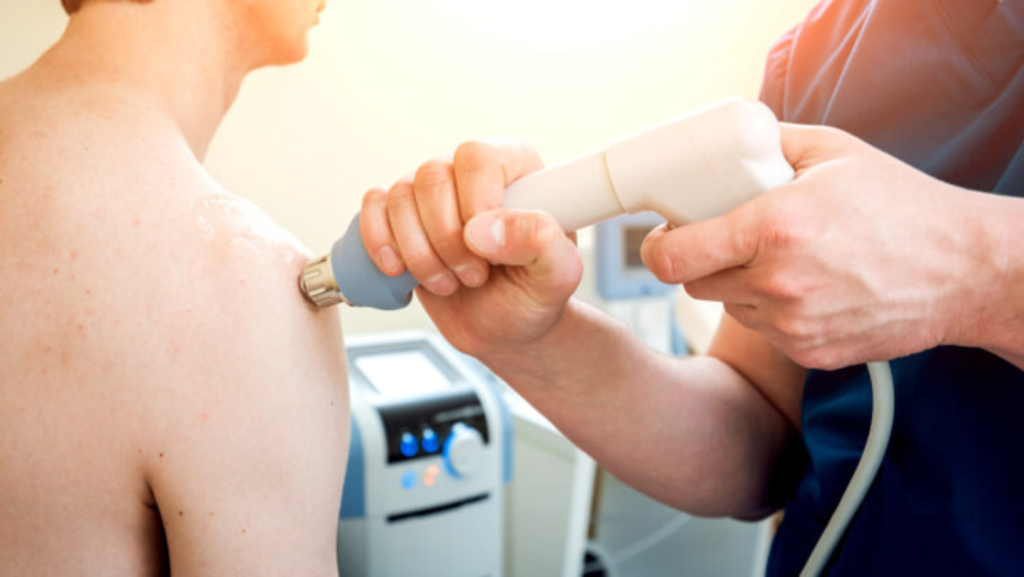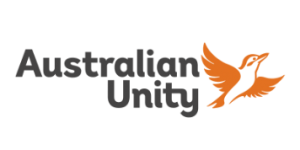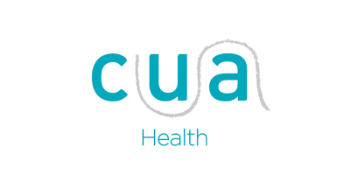Frozen shoulder Brisbane treatment at Knead Massage & Myotherapy. This article aims to give you an understanding of what you should do if you have Frozen Shoulder (adhesive capsulitis) and how a Myotherapist can help ease your recovery.
Book your Frozen Shoulder Treatment
What’s Frozen Shoulder?
Frozen Shoulder is a long lasting, debilitating condition that causes the tissues around the shoulder joint to become inflamed and profoundly stiff. This results in a gradual loss of active and passive shoulder movements, making simple life tasks like reaching for things on a shelf or putting on a shirt or coat challenging.
What frozen shoulder feels like?
In the early stages Frozen Shoulder causes pain, stiffness and severely limits range of motion in the shoulder joint (freezing stage). This is followed by a severe restriction of shoulder mobility that typically lasts between 6-24 months (frozen stage). The last stage of the condition is where movement begins to become easier (thawing stage).
Is frozen shoulder curable?
Best practice for treating frozen shoulder is early intervention with a cortisone injection that is guided by ultrasound or CT. Early use of cortisone has been shown to drastically reduce the time time till recovery and reduces the severity of all stages. During the frozen stage, managing pain and maintaining range of motion is critical and physical treatments such as myotherapy and Remedial Massage can be beneficial to help achieve this.
Tired of the limitations from frozen shoulder?
Frozen shoulder cause?
The precise cause of frozen shoulder is unclear – but many factors contribute to its development including:
- Metabolic syndromes (Diabetes or pre diabetes is the single biggest association)
- thyroid disorders
- Gender
- Age
- previous shoulder injuries.
- prolonged periods of shoulder immobility (post operative or injury, post mastectomy)
- disc bulge in the neck
- cardiopulmonary disease
Common Symptoms of Frozen Shoulder
- Persistent shoulder pain – often worse at night
- Gradual onset of stiffness and reduced range of motion
- Difficulty lifting the arm or reaching behind the back
- Painful sensation when trying to perform shoulder movements
Frozen Shoulder Stages
As previously discussed, adhesive capsulitis has a few stages:
1. Freezing Stage (Painful Stage):
The initial stage is marked by increasing pain, particularly at night. Shoulder movement becomes more restricted, and activities like combing hair or reaching behind the back can become challenging. This stage typically lasts around 2 to 9 months.
2. Frozen Stage (Adhesive Stage):
During this stage, the intensity of pain may decrease, but stiffness and limited range of motion become more pronounced. Everyday tasks requiring arm movement become significantly difficult. This stage generally lasts 4 to 12 months.
3. Thawing Stage (Recovery Stage):
Gradually, the shoulder starts regaining more movement. Activities become easier to perform – this phase can range from 12 – 42 months.
The severity and duration of each stage varies from person to person and as discussed depends on your metabolic health, cortisone use, age and gender and the consistency of rehabilitation exercise. A Clinical Myotherapist can help speed-up recovery of frozen shoulder by helping maintain movement competence and pain management.
Book your Frozen Shoulder Treatment
Adhesive Capsulitis Diagnosis
The primary diagnosis tools of frozen shoulder are a comprehensive assessment and health history. Scans such as MRI are useful to rule out other potential causes of shoulder pain and stiffness.
A typical Myotherapy assessment for frozen shoulder includes evaluating your health history, assessing pain and range of motion, analysing muscle tension and posture, and observing functional limitations. This helps your Myotherapist develop a treatment plan using manual therapy, exercises, and self-care strategies which alleviate symptoms and improve shoulder mobility. Referral for medical evaluation and suitability for cortisone may be suggested.
What helps a frozen shoulder?
- Corticosteroid injections
- anti-inflammatory medications
- Manual therapy techniques
- targeted exercises under the guidance of a physical therapist or a Myotherapist, can aid in restoring shoulder mobility and strength.
- over-the-counter pain relievers
Myotherapy treatment at Knead Massage Brisbane offers a multi-faceted approach to address frozen shoulder. An expert Myotherapy treatment uses many techniques to reduce pain, restore mobility, and enhance shoulder function.
Book your Frozen Shoulder Treatment
1. Massage and Soft Tissue Techniques:
Expert deep tissue massage targets areas of muscle tension and tightness around the shoulder joint. These techniques reduce pain, relax muscle restriction, improve circulation, and most importantly -improve ease of movement.
2. Trigger Point Dry Needling:
We use advanced dry needling techniques to stimulate certain trigger points in the shoulder, promoting muscle relaxation and pain relief.
3. Electrotherapy:
Electro dry needling techniques, used by Myotherapists at Knead Massage Brisbane, involve applying electrical currents to the needles. Electro stimulation can greatly help with pain reduction, muscle spasms, and blood flow.
4. Low-Level Laser Therapy (LLLT):
Low Level Laser has been proven to increase production of ATP (adeno triphosphate by the mitochondria of the targeted tissue) – resulting in improved healing. In the context of frozen shoulder, Low Level Laser may help reduce inflammation, aid in tissue repair and provide relief from pain.
5. Exercise Rehabilitation:
An Expert Myotherapy treatment for frozen shoulder will involve targetted stretching and strengthening exercises which will assist with improved shoulder mobility as well as strengthen support structures.
Book your Frozen Shoulder Treatment
Conclusion
Adhesive capsulitis not only stops you doing things you love – it makes the simple tasks of life harder.
If you’re experiencing shoulder stiffness, pain and limited range of movement book a Myotherapy treatment soon and make your shoulder stiffness a memory.
Frequently Asked Questions (FAQs)
Best practice for treating frozen shoulder is early intervention with a cortisone injection that is guided by ultrasound or CT. Early use of cortisone has been shown to drastically reduce the time time till recovery and reduces the severity of all stages. During the frozen stage, managing pain and maintaining range of motion is critical and physical treatments such as myotherapy and Remedial Massage can be beneficial to help achieve this.
The primary diagnosis tools of frozen shoulder are a comprehensive assessment and health history. Scans such as MRI are useful to rule out other potential causes of shoulder pain and stiffness.
Initial myotherapy assessment of suspected frozen shoulder typically involves range of movement testing, muscles and joints assessment, special tests, etc. We may also recommend seeing other medical professionals who can conduct additional physical examination, and order imaging tests like X-rays or MRI scans to rule out other potential causes of shoulder pain and stiffness.
- Corticosteroid injections
- anti-inflammatory medications
- Manual therapy techniques
- targeted exercises under the guidance of a physical therapist or a Myotherapist, can aid in restoring shoulder mobility and strength.
- over-the-counter pain relievers
Myotherapy treatment at Knead Massage offers a multi-faceted approach to address frozen shoulder. An expert Myotherapy treatment uses many techniques to reduce pain, restore mobility, and enhance shoulder function.
- Massage and Soft Tissue Techniques:
Expert deep tissue massage targets areas of muscle tension and tightness around the shoulder joint. These techniques reduce pain, relax muscle restriction, improve circulation, and most importantly -improve ease of movement.
- Trigger Point Dry Needling:
We use advanced dry needling techniques to stimulate certain trigger points in the shoulder, promoting muscle relaxation and pain relief.
- Electrotherapy:
Electro dry needling techniques, used by Myotherapists at Knead Massage, involve applying electrical currents to the needles. Electro stimulation can greatly help with pain reduction, muscle spasms, and blood flow.
- Low-Level Laser Therapy (LLLT):
Low Level Laser has been proven to increase production of ATP (adeno triphosphate by the mitochondria of the targeted tissue) – resulting in improved healing. In the context of frozen shoulder, Low Level Laser may help reduce inflammation, aid in tissue repair and provide relief from pain.
- Exercise Rehabilitation:
An Expert Myotherapy treatment for frozen shoulder will involve targetted stretching and strengthening exercises which will assist with improved shoulder mobility as well as strengthen support structures.
Cupping therapy, which involves placing cups on the skin to create suction, can be used alongside massage therapy for pain relief in frozen shoulder. It may help improve blood flow and reduce muscle tension.
Dry needling is one of the techniques used by myotherapists at Knead Massage to relieve muscle tension and discomfort associated with frozen shoulder. It involves inserting thin acupuncture needles into painful trigger points in the muscles, which can help alleviate pain and improve shoulder mobility. Dry needling is usually used in combination with massage and rehabilitation exercises.
Massage therapy, particularly deep tissue massage and trigger point release, is a common component of myotherapy treatment for frozen shoulder. It helps release muscle tension, decrease pain, and improve blood circulation in the affected area.
Some of the exercises that are proven to be effective in frozen shoulder management are:
- Pendulum Stretch: Gently lean over and use your uninjured arm to swing the injured arm in small circles, helping to improve range of motion.
- Towel Stretch: Hold a towel behind your back with one hand and grab the other end with your opposite hand, gently pulling upwards to stretch the shoulder.
- Cross-Body Reach: Use your unaffected arm to hold the affected arm at the elbow and gently pull it across your body to stretch the shoulder.
It’s essential to work with a qualified myotherapist who can tailor the exercise plan to your specific condition and needs.

Shoulder Pain Brisbane, Managing your shoulder pain

Bulging Disc Brisbane

Liza Markova


Latest posts by Liza Markova (see all)
- Hyperkyphosis - September 19th, 2024
- Frozen Shoulder Brisbane - July 3rd, 2024
- Thoracic Outlet Syndrome Brisbane - September 27th, 2022












